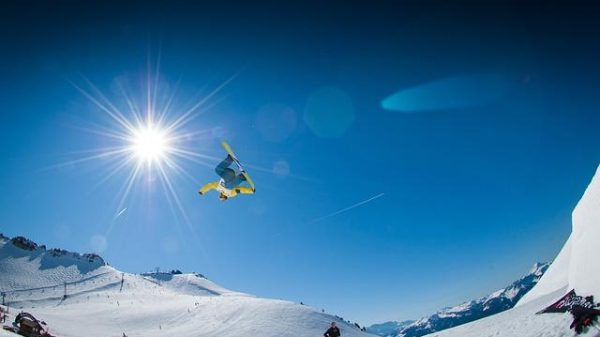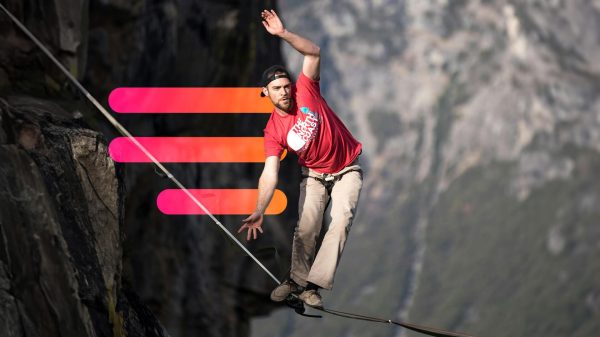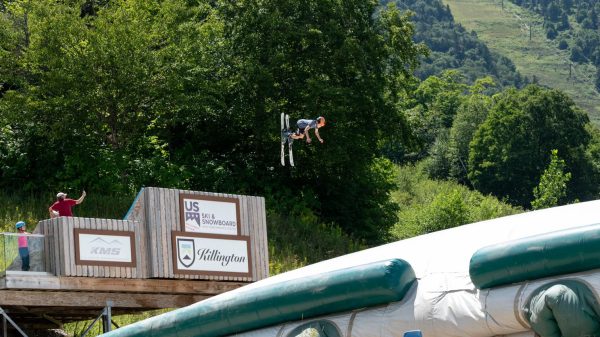Mountain biking is an exhilarating adventure that invites riders to explore the beauty and thrill of nature’s rugged landscapes. However, the excitement of navigating steep terrain can also present significant challenges and risks. With the right techniques and mindset, these obstacles can be transformed into opportunities for growth and enjoyment. In this guide, we will explore the safest methods for tackling steep descents and climbs, ensuring that you not only conquer these daunting slopes but also enhance your skills and confidence on the trail. Whether you’re a seasoned rider or new to the sport, mastering these strategies will help you ride with greater control, safety, and a renewed sense of adventure.
Mastering Your Balance and Control Techniques
Mountain biking down steep terrain is an exhilarating experience that requires a fine-tuned balance and precise control. Achieving this level of mastery involves a few key techniques that can transform a daunting descent into a smooth ride. Here are some essential tips to help you enhance your balance and control:
- Weight Distribution: Keep your weight centered over the bike to maintain balance. On steep descents, shift your weight back slightly to prevent going over the handlebars.
- Body Position: Stay low by bending your knees and elbows. This lowers your center of gravity, making it easier to navigate rough terrain.
- Braking Technique: Use both brakes to control your speed, but avoid locking them up. Feathering the brakes will help maintain traction and control.
- Look Ahead: Keep your eyes focused on the path ahead rather than directly in front of your tire. This helps you anticipate obstacles and adjust your balance accordingly.
- Practice Makes Perfect: Regular practice on varied terrains will enhance your skills. Start with smaller hills to build confidence before tackling steeper descents.
By incorporating these techniques, you’ll not only improve your mountain biking skills but also enhance your overall enjoyment of the sport. With practice and patience, you’ll find yourself conquering steep terrains with ease and confidence.
Choosing the Right Gear for Steep Descents
When tackling challenging downhill sections, the right gear can make all the difference between a thrilling ride and a dangerous mishap. Prioritize safety and performance by investing in high-quality equipment tailored for steep descents. Here’s what to consider:
- Brakes: Opt for hydraulic disc brakes for their superior stopping power and reliability. Ensure they are well-maintained and responsive to handle sudden stops.
- Suspension: A full-suspension bike can absorb shocks and provide better control on rough terrain. Adjust the suspension settings according to your weight and riding style for maximum efficiency.
- Tires: Choose tires with aggressive tread patterns to enhance grip and stability. Tubeless options can also reduce the risk of punctures.
- Protective Gear: Never compromise on safety. A full-face helmet, knee pads, and elbow guards are essential to protect against falls.
With the right gear, you’ll feel more confident and in control as you navigate those exhilarating descents, ensuring each ride is both safe and exhilarating.
Understanding Trail Conditions for a Safer Ride
When tackling steep terrain on your mountain biking adventure, it’s crucial to gauge the trail conditions to ensure a safe and enjoyable ride. Here are some key factors to consider:
- Soil Composition: Pay attention to the type of soil on the trail. Loose gravel or sandy surfaces can be slippery, while packed dirt provides better traction.
- Weather Conditions: Recent rain can create muddy patches that may alter the stability of the trail. In contrast, dry spells might lead to loose, dusty surfaces that require careful navigation.
- Trail Wear and Tear: Frequent use can lead to ruts and erosion. Watch for these signs as they can affect your bike’s stability and control.
By staying alert and adapting to the trail’s conditions, you can navigate steep terrains more confidently. Remember, a proactive approach to understanding these factors will not only enhance your safety but also add to the thrill of your mountain biking experience.
Building Confidence Through Practice and Patience
Mastering the art of navigating steep terrain in mountain biking requires a combination of dedication and consistency. It is through the deliberate repetition of techniques that you begin to build a strong foundation of confidence. Start by practicing on gentle slopes, gradually increasing the difficulty as your skills improve. Remember, patience is key; it’s important to allow yourself the time to learn and adapt. This approach not only solidifies your technical abilities but also fortifies your mental readiness for more challenging rides.
- Break it Down: Focus on small segments of a trail instead of tackling it all at once. This makes learning more manageable.
- Celebrate Small Wins: Each successful descent, no matter how minor, is a step forward. Acknowledge these achievements to stay motivated.
- Stay Positive: Every rider faces setbacks. Maintain an optimistic mindset to overcome obstacles and continue progressing.










